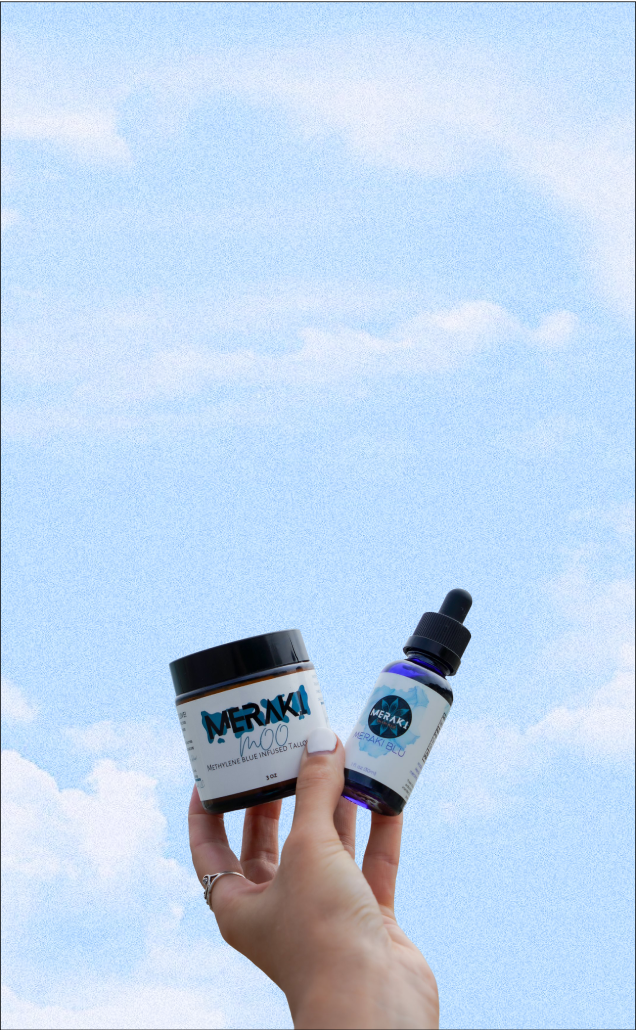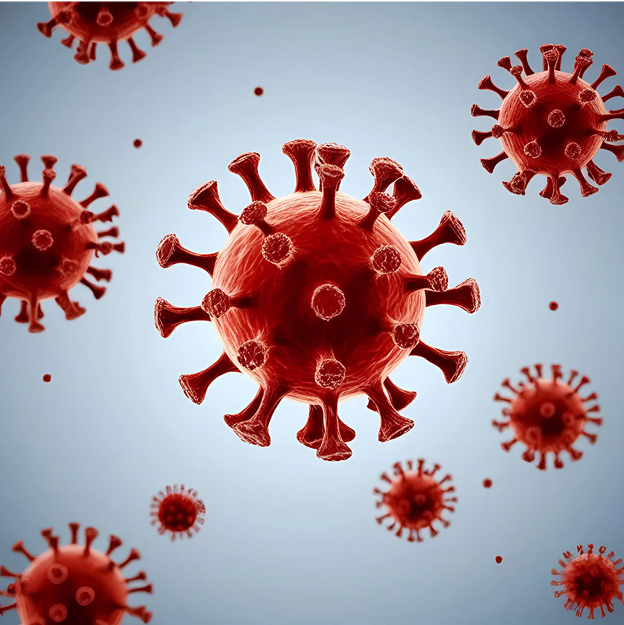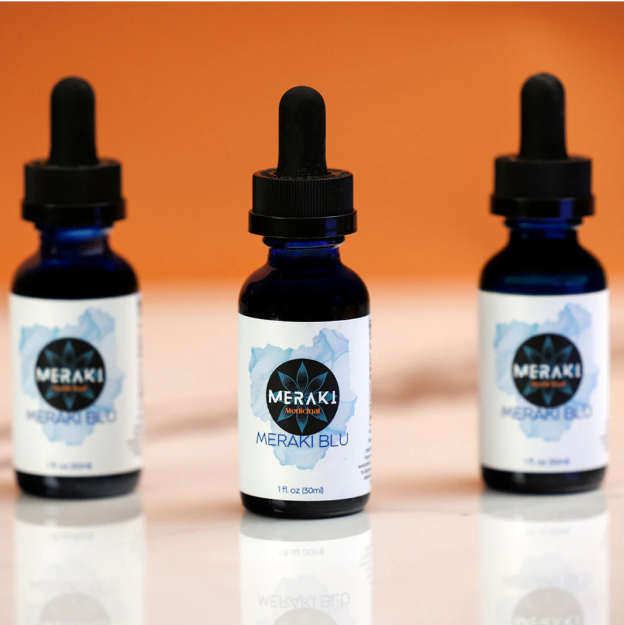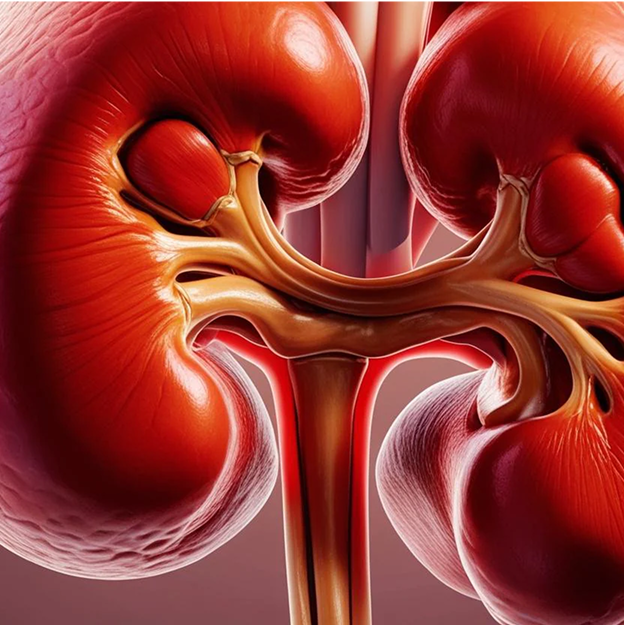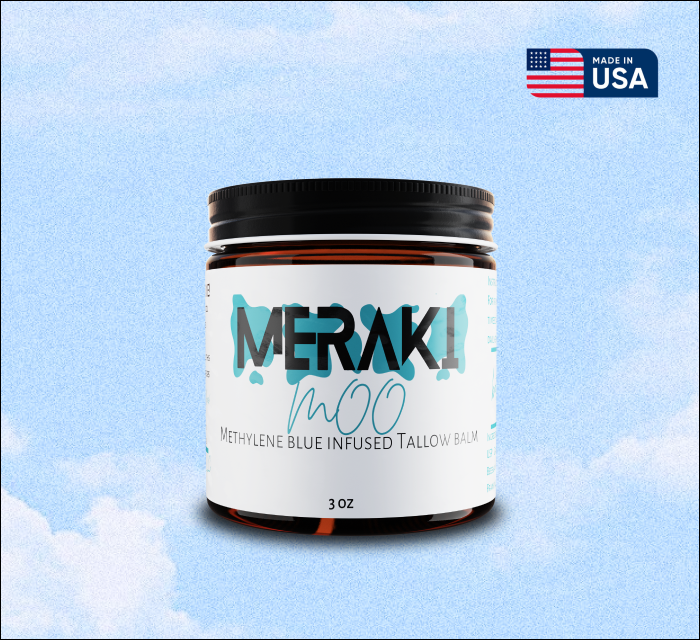Methylene Blue is an old medicine that scientists are finding has exciting new uses. A study published in 2021 shows that this bright blue substance can kill both the COVID-19 virus (SARS-CoV-2) and the flu virus (H1N1), even without using UV light.
What Did Researchers Discover?
Scientists at the University of Geneva in Switzerland found something surprising about Methylene Blue (often called "MB" for short). They discovered that MB can destroy viruses even in the dark. Before this study, most people thought MB only worked against viruses when activated by light.
"Our findings reveal that methylene blue displays virus-killing activity against influenza virus H1N1 and SARS-CoV-2 at very low concentrations and without needing UV-activation," the researchers wrote in their paper.
How Does Methylene Blue Fight Viruses?
The study shows that MB works in several different ways to stop viruses:
- When tested against the flu virus (H1N1), MB completely stopped the virus after just 2 hours, both with and without light.
- Against the COVID-19 virus, MB worked in a dose-dependent way - meaning higher doses worked better. At concentrations between 10-50 μg/ml, it completely stopped the virus after 20 hours. Even at the lowest tested amount (0.08 μg/ml), it still reduced the virus by 99.9% (3.05 log reduction).
- Most importantly, MB still worked when added to cells that were already infected with the COVID-19 virus. This suggests it could potentially help treat infections, not just prevent them.
What makes MB special is that it doesn't always need to destroy the virus's genetic material (RNA) to be effective. This means it likely attacks other parts of the virus too, like its outer coating (envelope).
Even Better With Antibodies
One of the most exciting findings was that MB worked even better when combined with blood serum from people who had recovered from COVID-19 (containing antibodies against the virus). When used together, they completely stopped the virus from infecting cells.
Is Methylene Blue Safe?
Methylene Blue has been approved by both the FDA (Food and Drug Administration) and EMA (European Medicines Agency) for decades. It's considered very safe at doses below 5 mg/kg.
The main side effect with long-term or high-dose use is a temporary blue coloration of urine, the whites of the eyes, and skin. These effects go away completely when treatment stops.
The only people who shouldn't use MB are those with:
- Sensitivity to thiazine dyes
- A condition called glucose-6-phosphate dehydrogenase deficiency
Real-World Possibilities
Based on this research, MB might be useful in several ways:
- Prevention: It might help protect people at high risk from getting infected.
- Treatment: For people already infected, MB might reduce the amount of virus and help limit how sick they get.
- Combined therapy: Used alongside antibodies or other treatments, MB might make them work better.
The researchers noted an interesting observation: during the first wave of COVID-19, a group of 2,500 cancer patients receiving MB treatment had no reported cases of flu or COVID-19. While this doesn't prove MB protected them, it suggests this possibility should be studied further.
What's Next?
This research opens new possibilities for using Methylene Blue against respiratory viruses. The fact that it works against both flu and COVID-19 makes it especially valuable, since people can sometimes be infected with both viruses at once.
"Our work supports the interest of testing methylene blue in clinical studies to confirm whether it can prevent or treat both influenza virus H1N1 and SARS-CoV-2 infections," the researchers concluded.
More studies are needed to confirm these findings in people, but Methylene Blue shows promise as a potential tool to fight viral infections. If you want to try the purest form of Methylene Blue on the market, use code TRY10 at checkout for 10% off your first order.
References
- Cagno, V., Medaglia, C., Cerny, A., Cerny, T., Zwygart, A.C.A., Cerny, E., & Tapparel, C. (2021). Methylene Blue has a potent antiviral activity against SARS-CoV-2 and H1N1 influenza virus in the absence of UV-activation in vitro. Scientific Reports, 11(1), 14295. https://doi.org/10.1038/s41598-021-92481-9














